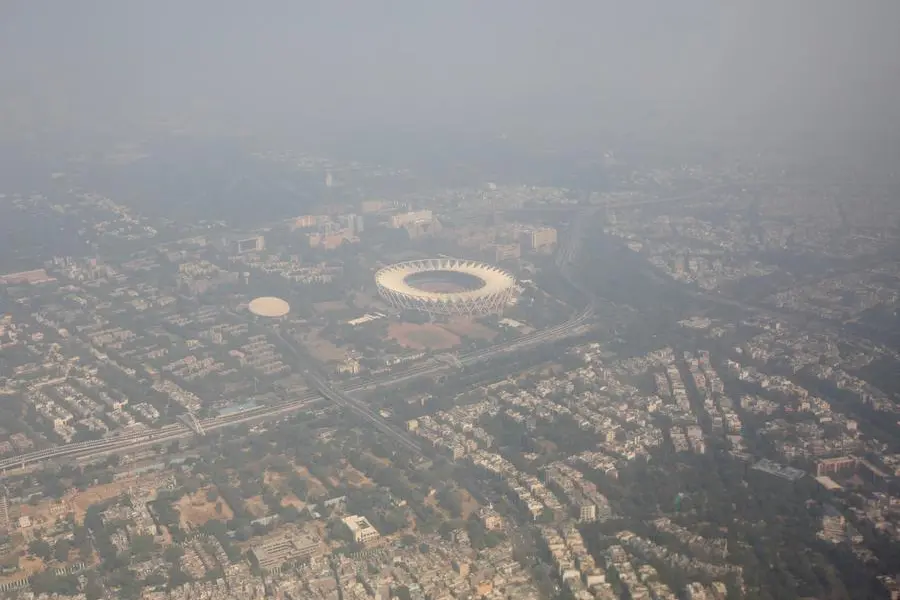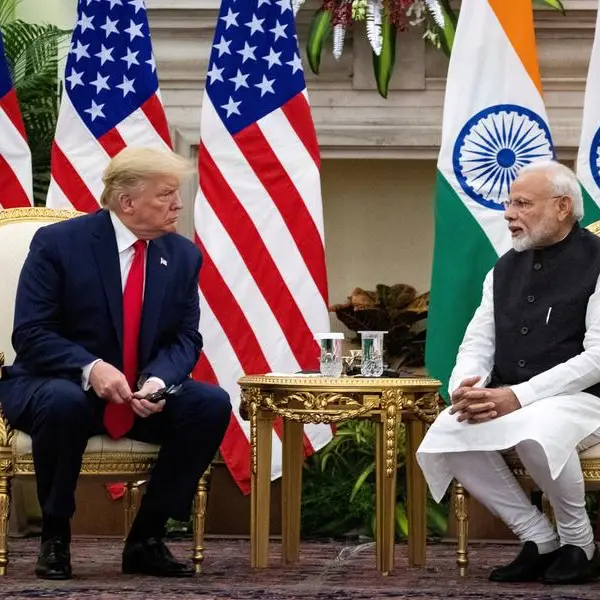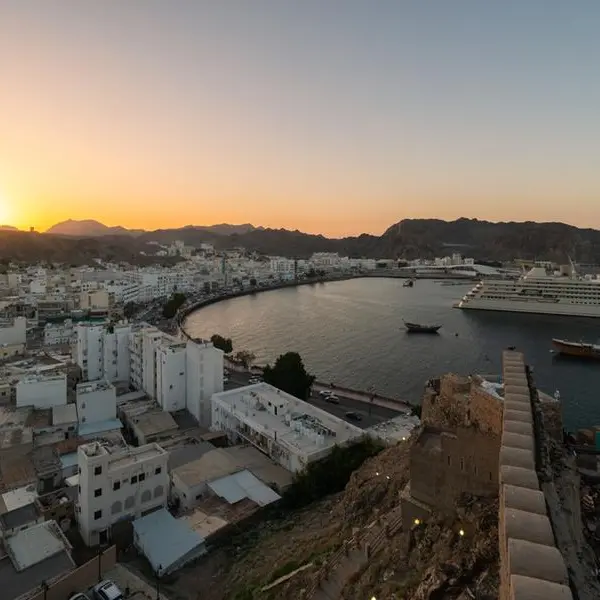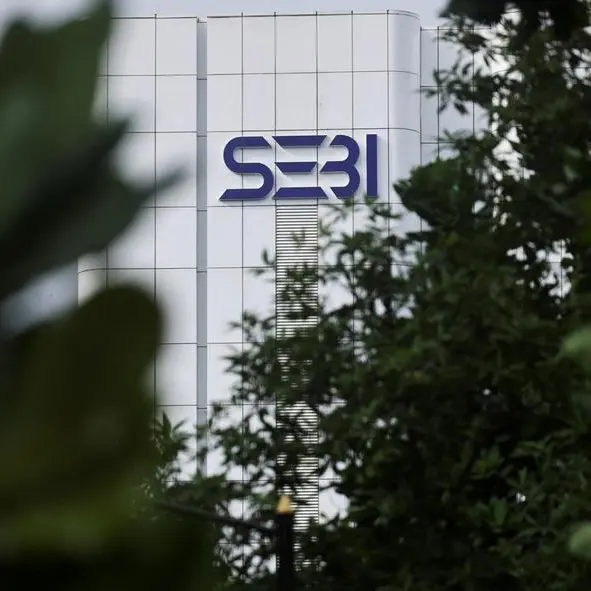PHOTO
Toxic haze blanketed New Delhi on Thursday, raising fears of another public health emergency in the Indian capital, as government agencies warned that pollution levels could worsen over the next few days despite efforts to reduce them.
Air Quality Index (AQI) stood at 415 on a scale of 500 in the capital's Anand Vihar area on Thursday, indicating "severe" levels of pollution that can affect healthy people and those with existing ailments. AQI between 0-50 is considered healthy.
The dip in air quality in the region during the winter months is often accompanied by a spike in respiratory illnesses, spurring school and factory closings.
The New Delhi government has announced a ban on the entry of diesel buses and said construction activities will be halted if the situation persists.
With AQI levels above 400, New Delhi and Pakistan's Lahore on Thursday topped a real-time list of the world's most polluted cities compiled by Swiss group IQAir. India's Mumbai also features among the world's 15 most polluted cities.
The worsening air quality has cast a shadow over the cricket World Cup as fans flock to stadiums across Indian cities.
AQI in Mumbai hovered around the 200 mark ahead of Thursday's match between India and Sri Lanka. The city is expected to welcome large crowds as it hosts the semifinal of the tournament on Nov. 15.
India's cricket board (BCCI) this week announced a ban on firework displays during the remaining matches of the tournament as a measure to combat pollution.
Players have expressed concern about the toxic air, with England's Joe Root complaining of breathing difficulties during a game and India's Rohit Sharma urging change for "future generations". (Editing by Gerry Doyle)





















